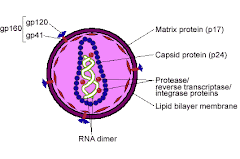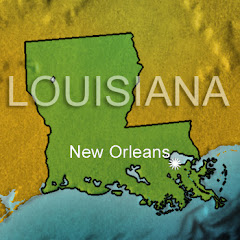
"The history of marijuana use reaches back farther than many would guess. Cultivation of the Cannabis sativa plant dates back thousands of years. The first written account of cannabis cultivation (ostensibly used as medical marijuana) is found in Chinese records dating from 28 B.C., according to the book "Buzzed: The Straight Facts About the Most Used and Abused Drugs from Alcohol to Ecstasy." That means Chinese cultures were growing marijuana over 2,000 years ago. However, the book's authors point out that the plant was likely cultivated long before then. They recount the discovery of a nearly 3,000-year-old Egyptian mummy containing traces of THC, the main psychoactive chemical in marijuana.
Hemp Products
The marijuana plant has many uses. Its stiff, fibrous stalk can be used to make lots of products, from food to ship sails. The stalk is comprised of two parts -- the hurd and the bast. The bast provides fibers that can be woven into many fabrics. These fibers (also called hemp) are woven to create canvas, which have been used to make ship sails for centuries.
The hurd provides pulp to make paper, oil to make paints and varnishes, and seed for food. Marijuana plants produce a high-protein, high-carbohydrate seed that is used in granola and cereals. Hemp oil and seed contain only trace amounts of psychoactive chemicals. Click here to learn more about hemp and its uses.
Owning hemp products, such as hemp rope or a hemp shirt, is legal. However, it is illegal to grow or possess marijuana in plant or drug form in the United States. Possession of the cannabis plant or marijuana seeds is punishable by fines and possible jail sentences.
Cannabis sativa is perhaps the most recognizable plant in the world. Pictures of the ubiquitous green cannabis leaf show up in the news media, textbooks and drug-prevention literature, and the leaf's shape is made into jewelry, put on bumper stickers and clothing and spray-painted on walls. The leaves are arranged palmately, radiating from a common center like the fingers of a hand spreading apart. Although most people know what the cannabis plant looks like, they may know very little about its horticulture.
Cannabis sativa is believed to be a native plant of India, where it possibly originated in a region just north of the Himalayan mountains. It is a herbaceous annual that can grow to a height of between 13 and 18 feet (4 to 5.4 meters). The plant has flowers that bloom from late-summer to mid-fall. Cannabis plants usually have one of two types of flowers, male or female, and some plants have both. Male flowers grow in elongated clusters along the leaves and turn yellow and die after blossoming. Female flowers grow in spike-like clusters and remain dark green for a month after blossoming, until the seed ripens. Hashish, which is more powerful than marijuana, is made from the resin of the cannabis flowers.
Marijuana plants contain more than 400 chemicals, 60 of which fit into a category called cannabinoids, according to the National Institutes of Health. THC is just one of these cannabinoids, but it is the chemical most often associated with the effects that marijuana has on the brain. Cannabis plants also contain choline, eugenol, guaicacol and piperidine. The concentration of THC and other cannabinoids varies depending on growing conditions, plant genetics and processing after harvest."
Tuesday, September 18, 2007
The "Marijuana" Plant
Blogs'FamilyCorruptionInTheBigEasy||
FamilyCorruptionInTheBigEasy: Part 2
Posted by
Boop
at
3:24 AM
![]()
Labels: marijuana plant, uses
Subscribe to:
Post Comments (Atom)


















No comments:
Post a Comment